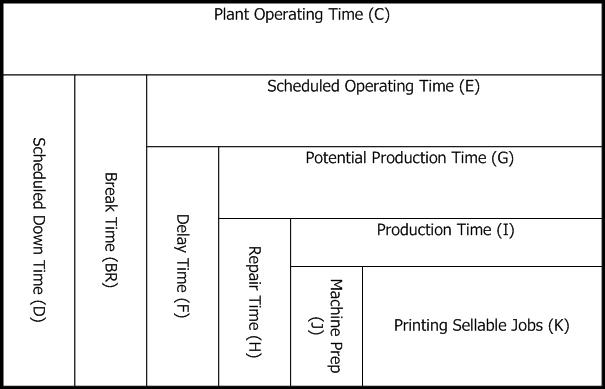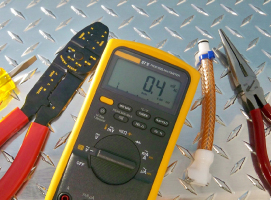Written by Joel Basa, e-Marketing Manager at Xerox Corporation
In part one of this series, we spoke about operational prints per hour and the basic concept of how do you measure productivity of your digital press. In part two, let’s talk about one aspect of productivity for you and your business: predictability.
 Predictability is a major aspect of productivity. Think about it, with just about anything, if you could accurately and consistently make predictions, aren’t you almost guaranteed to be more successful? For example, football (American) season is on the horizon again, and if your team could predict the strategy and plays of its opponent, wouldn’t your team increase its chances of winning significantly?
Predictability is a major aspect of productivity. Think about it, with just about anything, if you could accurately and consistently make predictions, aren’t you almost guaranteed to be more successful? For example, football (American) season is on the horizon again, and if your team could predict the strategy and plays of its opponent, wouldn’t your team increase its chances of winning significantly?
The same applies to the printing process. If we again look at printing as a manufacturing process, predictability is one of the ultimate goals. Your ultimate goal, as an owner or as an operator, is to be able to start a shift and for 8 hours be able to know you’re going to stay productive and produce output that meets your customer’s requirements. You want your process to be predictable.
In our industry, predictability applies most to the area of color management. Your color management requirements may be one of the following:
- Match colors between an original printed page
- Match colors between different devices in the workflow
- Match colors on the same machine over time
- Match colors among multiple printers of the same type in one location or remote locations
- Select colors during the design phase that can be matched to the final output
- Make fast and inexpensive color modifications
If you have the tools to make one or more of these requirements predictable, wouldn’t you be more productive? Not being able to quickly meet one or more of these requirements results in “waste” or in other words a re-work that is downtime now that you or your operator are performing non-value added steps that is taking time away from getting to your next job. “Whack a mole printing” or taking time to identify a problem, implement a potential solution and then re-try the job results in a process that is not lean in nature.
Adding predictability to the color management process needs to be fully comprehended and part of your digital technology. In addition to providing you the capabilities to meet your customer’s requirements, it’s equally important that the tools in place make it straightforward for any operator (experienced or not) to know what to do, when to do it, how to do it or better yet…automate the entire process for them.
Think about color management for your press, do you have the automated tools in place to make it predictable and productive?
If you enjoyed this post, you may also be interested in:
- How do you measure the productivity of your digital press? (Part 1)
- How do you measure the productivity of your digital press? (Part 3)
- Performance Based Metrics
- The Pros and Cons of the Sales Per Employee Ratio
- Productivity and Versatility: Meet the New Xerox J75 and C75 Color Presses



I would not overestimate the importance of color management.
1. YES, it is nescessary to generate reliable quality over time.
2. NO, most of the time, it is not possible to be rigth on target, because it would take time to do so.
If you have to do more than 1.000.000 prints per engine on one digital press per month, hardware reliability is much more important.
Let’s face it. “Good enough prints” are better than NOT enough prints.
If you have sold 500.000 prints and can deliver only 350.000 because you spend hours on color management is not acceptable for your customers. 30 minutes per engine and shift per day spend on quality and color management means 1.5 hours a day per engine. This means about 9.000 prints less per day. If you can half that by making an agreement on “good enough quality” with your customer you have done a good job.
want to add my 2 cents on this subject which is often not well defined. Yes, I agree that getting products to customers on time is important, but lets not forget that many digital presses require big time commitments for maintenance or calibration before they can start up or as they are running. So the point is not about overestimating or underestimating the importance of color management, its really about the automation of processes and reducing the time requirments for scheduled maintenance. Not having the time or forgetting about maintenance or calibration can result in not printing that is NOT good enough quality. So any machine that can automate the printing process and reduce the time commitment for maintenance or calibration will significantly increase the productivity of that device.